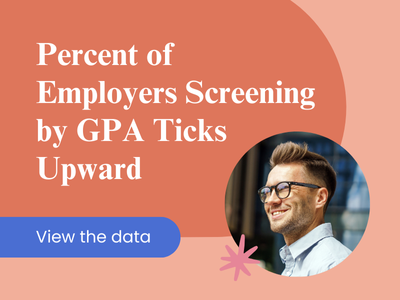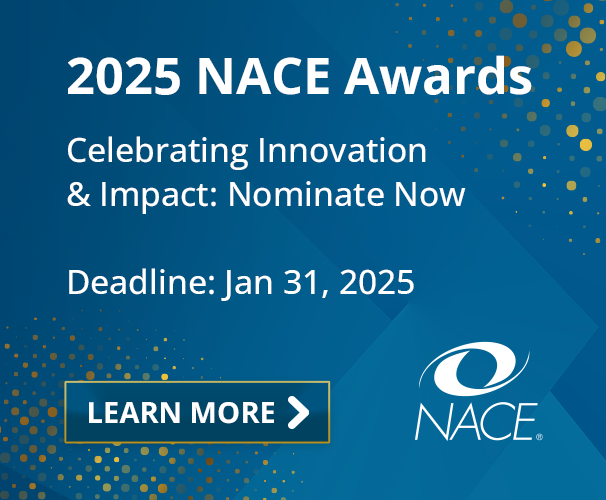Like with other programs associated with your recruiting and hiring efforts, you need to approach your onboarding program strategically to achieve the best results. But what does an effective onboarding plan look like?
Below is a sample onboarding plan that you can adapt to meet your organization’s needs and keep your program on track:
Pre-Arrival
- Inform colleagues of new hire.
- Invite new hire to any social events where he or she can begin to interact with co-workers.
- Have new hire receive welcome call from supervisor.
- Ensure new hire work space is clean and that e-mail, phone, voicemail, and parking/security cards are working.
- Ensure office supplies are stocked and business cards ordered.
First Day
- Make receptionist aware of new hire arrival/proper greeting.
- Ensure direct supervisor has the full day blocked for orientation.
- Provide a welcome gift.
- Provide welcome packet with copy of employee manual plus any HR forms to be completed.
- Have new hire receive welcome video/message from CEO/leadership team.
- Tour office and make introductions.
- Have lunch with two to three new colleagues.
- Provide overview of company (e.g. organizational structure, lines of business, major customers, etc.) and protocol (e.g. dress code, arrival time, benefits, and so on).
First Week
- Provide overview of job description and begin development of new hire’s individual career plan. (Note: In this meeting, supervisors should clearly outline responsibilities and performance objectives for the new hire’s first month of employment.).
- Request Friday updates, i.e. weekly e-mails with a short, bulleted list of accomplishments, areas where input is needed, and goals for the week ahead.
- Schedule quarterly reviews to ensure timely performance feedback.
- Assign new hire a mentor and schedule initial mentor meeting.
- Arrange orientation meetings with various department heads (15 to 20 minutes each).
- Have new hire shadow employee No. 1/feedback recorded in individual career plan.
First Quarter
- Hold first quarterly review with supervisor.
- Have new hire meet with mentor and report progress in individual career plan.
- Have new hire shadow employee No. 2/feedback recorded in individual career plan.
- Conduct “Young Leader’s Summit” No. 1 where new hires get together (in person or virtually) and share experiences, observations, best practices, and so on.
- Conduct professional development training No. 1 (e.g. webinar, lunch and learn, and so on).
Second Quarter
- Have new hire receive “check-in” call from HR.
- Hold second quarterly review with supervisor.
- Have new hire meet with mentor, report progress in individual career plan.
- Have new hire shadow employee No. 3/feedback recorded in individual career plan.
- Conduct professional development training No. 2.
- Survey new hire(s) regarding acclimation, socialization, onboarding program success, and any areas for improvement.
Third Quarter
- Hold third quarterly review with supervisor.
- Have new hire meet with mentor, report progress in individual career plan.
- Have new hire shadow employee No. 4/feedback recorded in individual career plan.
- Conduct professional development training No. 3.
Fourth Quarter
- Hold fourth quarterly review with supervisor.
- Have new hire meet with mentor, report progress in individual career plan.
- Have new hire shadow employee No. 5/feedback recorded in individual career plan.
- Conduct professional development training No. 4.
- Conduct “Young Leader’s Summit” No. 2, where new hires get together and share experiences, observations, best practices, and so on.
- Administer follow-up survey regarding acclimation, socialization, onboarding program success, and any areas for improvement.
Posted March 2016. This information is adapted from “All Aboard! Take Your Onboarding Program From Lackluster to Blockbuster” by Emily Bennington, which appeared in the April 2012 issue of the NACE Journal.
(For more about developing an effective onboarding program, see “Onboarding Done Right: New Hire Engagement Is the Key.”)






